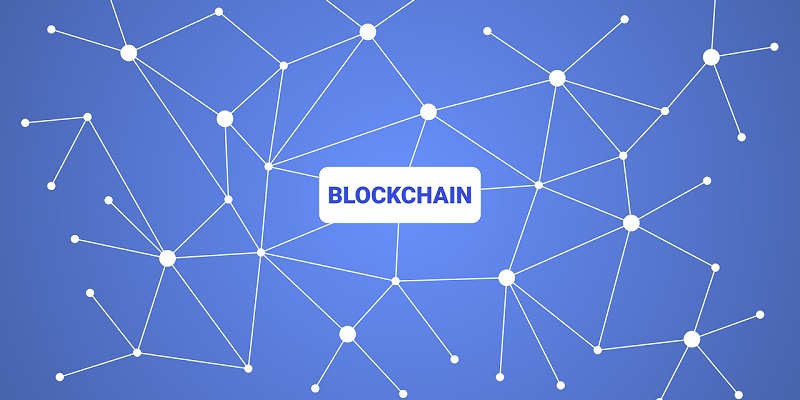Blockchain technology, originally designed as the backbone of cryptocurrencies like Bitcoin, has evolved significantly since its inception. While cryptocurrencies remain an integral part of the financial services sector, the potential of blockchain technology extends far beyond digital currencies. In this article, we explore how blockchain has transcended its original purpose and is revolutionizing various sectors by promising transparency and enhanced security.
The Evolution of Blockchain from Its Initial Purpose in Cryptocurrencies
Initially created to support the concept of decentralized digital currencies, blockchain technology has undergone a remarkable transformation. Its distributed ledger system, consisting of a network of computers that work together to record and verify transactions, offers significant advantages over traditional centralized systems. This inherent transparency, immutability, and security have paved the way for blockchain to find applications outside of cryptocurrencies.
Supply Chain Management
Blockchain technology has emerged as one of the most promising solutions in supply chain management. By utilizing blockchain’s decentralized and immutable ledger, companies can ensure transparency and traceability throughout the entire supply chain. This enables seamless monitoring of goods, reduces counterfeiting risks, and improves overall product quality.
Healthcare
In the healthcare industry, data management and security are critical. Blockchain technology offers a decentralized and tamper-proof solution for storing and sharing sensitive medical records. By implementing blockchain technology in healthcare, patient data can be securely stored, shared, and accessed by authorized parties, allowing for more accurate diagnoses and streamlined medical processes.
Finance
While cryptocurrencies are an inherent application of blockchain within the financial services sector, the technology’s potential goes beyond digital currencies. Blockchain-based financial platforms can facilitate secure and transparent transactions, eliminating the need for intermediaries and reducing costs. Additionally, the decentralized nature of blockchain ensures the integrity of financial records, reducing the risk of fraud.
Voting Systems
Traditional voting systems often face challenges such as fraud, lack of transparency, and limited accessibility. Blockchain offers a solution by creating an immutable and transparent ledger of votes, ensuring the integrity of the entire voting process. Through the implementation of blockchain technology, voters can have increased confidence in the accuracy of results while simultaneously enabling remote and secure voting.
Intellectual Property
The protection of intellectual property rights is a crucial concern in various industries. Blockchain technology offers a tamper-proof solution for verifying and timestamping intellectual property records. By using blockchain to securely store and validate patents, trademarks, and copyrights, individuals and organizations can establish ownership and prevent unauthorized use or infringement.
Real Estate
Real estate transactions often involve complex processes and intermediaries, leading to inefficiencies and increased costs. Blockchain simplifies the process by providing a secure and transparent ledger for property records and ownership transfers. Smart contracts deployed on blockchain platforms can automate various aspects of real estate transactions, streamlining the process for buyers, sellers, and other involved parties.
Blockchain technology is reshaping the way we conduct business and interact with each other. Beyond its initial purpose in cryptocurrencies, blockchain offers numerous applications in sectors such as supply chain management, healthcare, finance, voting systems, intellectual property, and real estate. Through its core principles of transparency, security, and immutability, blockchain promises to revolutionize data storage, verification, and sharing across industries, ultimately leading to increased efficiency, trust, and innovation. As businesses and societies embrace this transformative technology, we can expect a significant shift in the way we operate and collaborate in the future.

